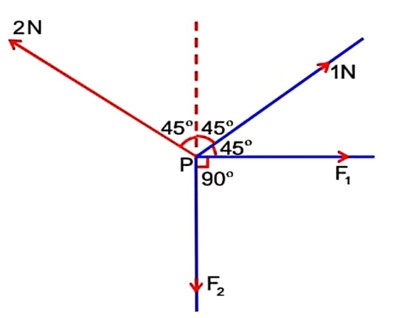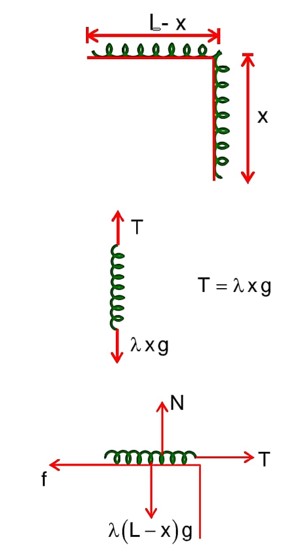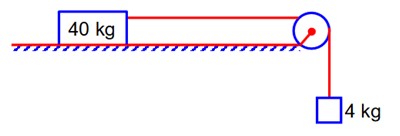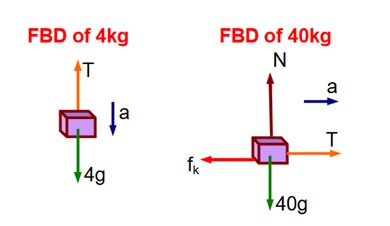Overview
Get insights from 95 questions on Overview, answered by students, alumni, and experts. You may also ask and answer any question you like about Overview
Follow Ask QuestionQuestions
Discussions
Active Users
Followers
New question posted
3 months agoNew question posted
3 months agoNew answer posted
3 months agoContributor-Level 10
Stopping distance =
If speed is made
Braking acceleration Remains same.
New answer posted
3 months agoContributor-Level 10
F.B.D. of hanging length
F.B.D. of chain lying on the table
f = T =
x = 2m
New answer posted
4 months agoContributor-Level 10
According to Newton's laws of motion, we can write
4a = 4g – T . (1), and
40a = T - fk = T (40g) ……………… (2)
Adding equations (1) and (2), we can write
44a = 40 – 0.02 * (400) = 32
Taking an Exam? Selecting a College?
Get authentic answers from experts, students and alumni that you won't find anywhere else
Sign Up on ShikshaOn Shiksha, get access to
- 65k Colleges
- 1.2k Exams
- 679k Reviews
- 1800k Answers




